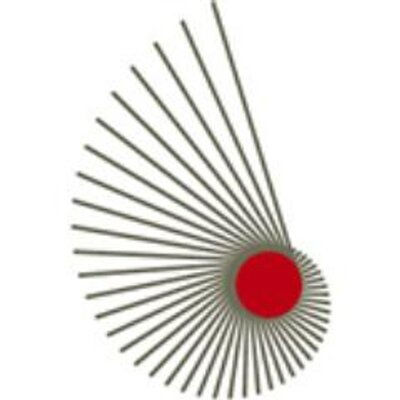Request Demo
Last update 08 May 2025
BSG x Na/K-ATPase
Last update 08 May 2025
Basic Info
Related Targets |
Related
1
Drugs associated with BSG x Na/K-ATPaseTarget |
Mechanism BSG inhibitors [+1] |
Active Org.- |
Originator Org. |
Active Indication- |
Inactive Indication |
Drug Highest PhasePending |
First Approval Ctry. / Loc.- |
First Approval Date20 Jan 1800 |
100 Clinical Results associated with BSG x Na/K-ATPase
Login to view more data
100 Translational Medicine associated with BSG x Na/K-ATPase
Login to view more data
0 Patents (Medical) associated with BSG x Na/K-ATPase
Login to view more data
5
Literatures (Medical) associated with BSG x Na/K-ATPase01 Oct 2013·Oral OncologyQ2 · MEDICINE
A novel extracellular drug conjugate significantly inhibits head and neck squamous cell carcinoma
Q2 · MEDICINE
Article
Author: Yolanda E. Hartman ; Mohammed S. Shekhani ; Kurt R. Zinn ; David J. Marshall ; James R. Prudent ; Eben L. Rosenthal ; Larissa Sweeny
01 Jul 2010·American Journal of Physiology-Renal PhysiologyQ3 · MEDICINE
Ouabain stimulates Na-K-ATPase through a sodium/hydrogen exchanger-1 (NHE-1)-dependent mechanism in human kidney proximal tubule cells
Q3 · MEDICINE
Article
Author: Holthouser, Kristine A. ; Schelling, Jeffrey R. ; Lederer, Eleanor D. ; Mandal, Amritlal ; Khundmiri, Syed J. ; Delamere, Nicholas A. ; Tyagi, Suresh C. ; Merchant, Michael L. ; Valdes, Ronald R.
01 Aug 2005·The Journal of BiochemistryQ4 · BIOLOGY
Dominant Portion of Thyrotropin-Releasing Hormone Receptor Is Excluded from Lipid Domains. Detergent-Resistant and Detergent-Sensitive Pools of TRH Receptor and Gqα/G11α Protein
Q4 · BIOLOGY
Article
Author: Hejnova, Lucie ; Milligan, Graeme ; Rudajev, Vladimir ; Svoboda, Petr ; Novotny, Jiri
Analysis
Perform a panoramic analysis of this field.
login
or

AI Agents Built for Biopharma Breakthroughs
Accelerate discovery. Empower decisions. Transform outcomes.
Get started for free today!
Accelerate Strategic R&D decision making with Synapse, PatSnap’s AI-powered Connected Innovation Intelligence Platform Built for Life Sciences Professionals.
Start your data trial now!
Synapse data is also accessible to external entities via APIs or data packages. Empower better decisions with the latest in pharmaceutical intelligence.
Bio
Bio Sequences Search & Analysis
Sign up for free
Chemical
Chemical Structures Search & Analysis
Sign up for free
